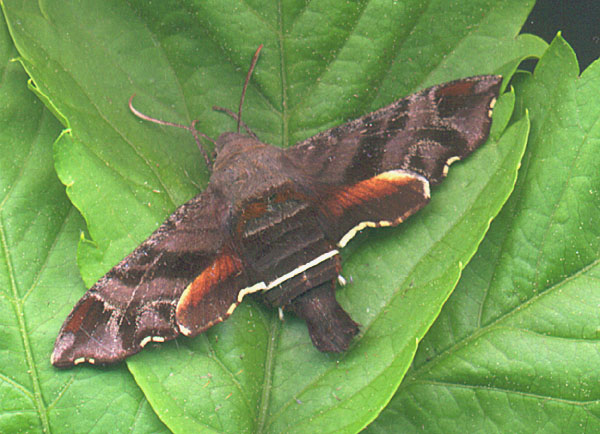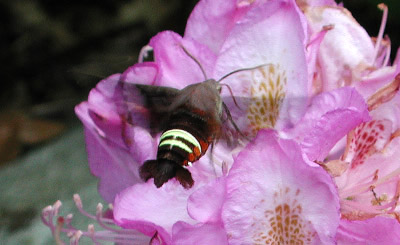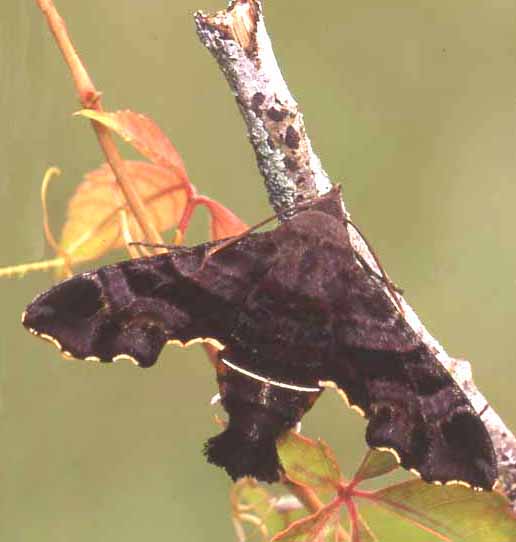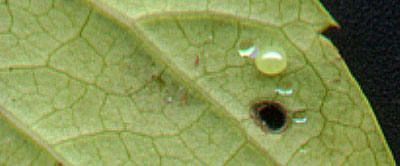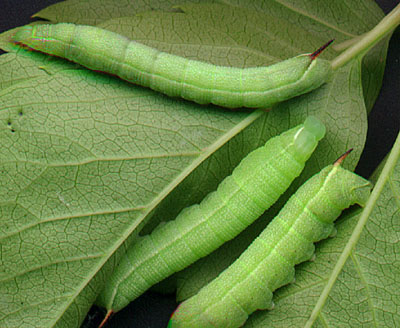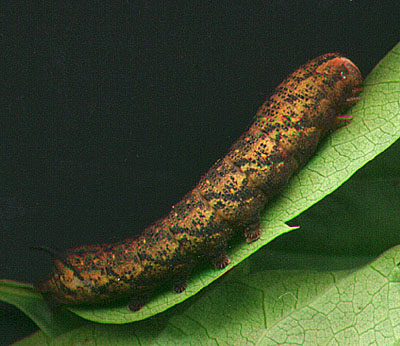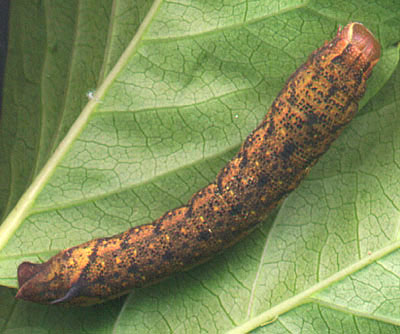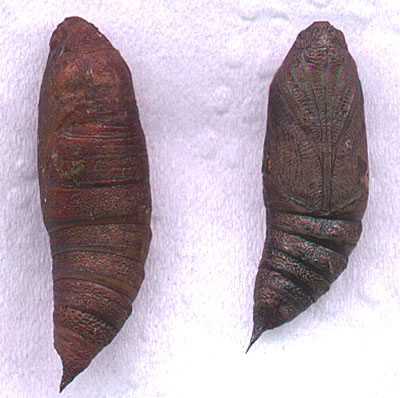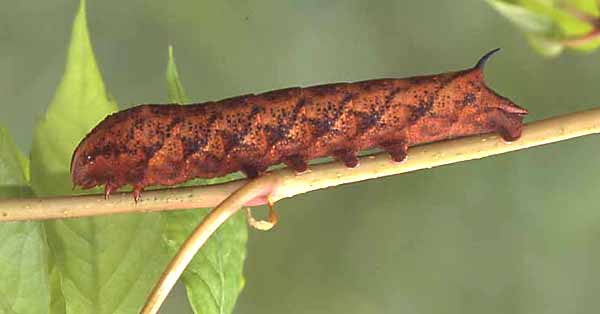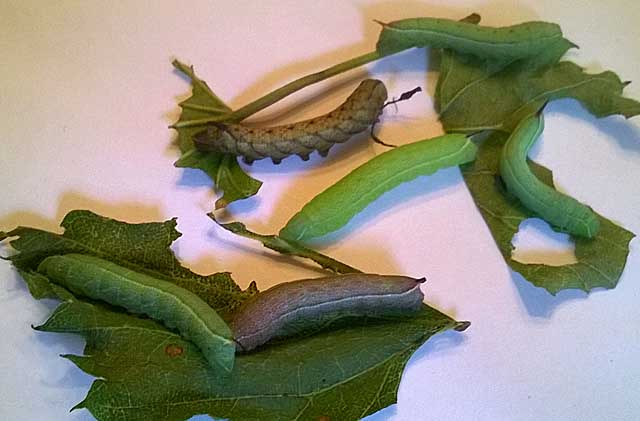, Orlando, Orange County, Florida, February 26, 2011,
courtesy of Shaina Noggle.
Visit Amphion floridensis, March 27, 2010, courtesy Kelli Whitney, Park Naturalist II, Long Key Nature Center, Broward County Parks and Recreation
Visit Amphion floridensis, courtesy of Jean Haxaire, April 2006.
Visit Amphion floridensis, Walter Jacobs Park, Caddo Parish, Louisiana, April 11, 2008, Jeff Trahan
Visit Amphion floridensis, Onalaska, LaCrosse County, Wisconsin, May 2, 2012, Dan Jackson
Visit Amphion floridensis, Austin, Travis County, Texas, May 14, 2011, Deborah Wilson.
Visit Amphion floridensis, City Escape Gardening Center, Lake and Sacramento, Chicago, Cook County, Illinois, May 30, 2010, Beth Ellen McNamara
Visit Amphion floridensis, Saint Paul, Ramsey County, Minnesota, May 2010,
Emily Mirski.
Visit Amphion floridensis May 31, 2008, courtesy of Joan F. Rickert.
Visit Amphion floridensis, Londonderry, Rockingham County, New Hampshire, June 4, 2007, courtesy of Deb Lievens.
Visit Amphion floridensis, Harris Nature Center, Okemos, Ingham County, Michigan, June 10, 2009, Alan L. Jones.
Visit Amphion floridensis, Ipswich, Essex County, Massachusetts, June 12, 2014, Sissy ffolliott.
Visit Amphion floridensis, Chatham, Kent County, Ontario, June 13, 2007, 8:44pm, John Van der Pryt.
Visit Amphion floridensis fourth and fifth instars, Whitley County, Indiana, July 29, 2016, Tim Loeffler.
Visit Amphion floridensis August 29, 2008, Broward County, Florida, courtesy of Kelli Whitney.
Visit Amphion floridensis, Shreveport, Caddo Parish, Louisiana, Rosemary Seidler.
Visit Amphion floridensis, Wauchula, Hardee County, Florida, August, 28, 2013, Greg Roehm.
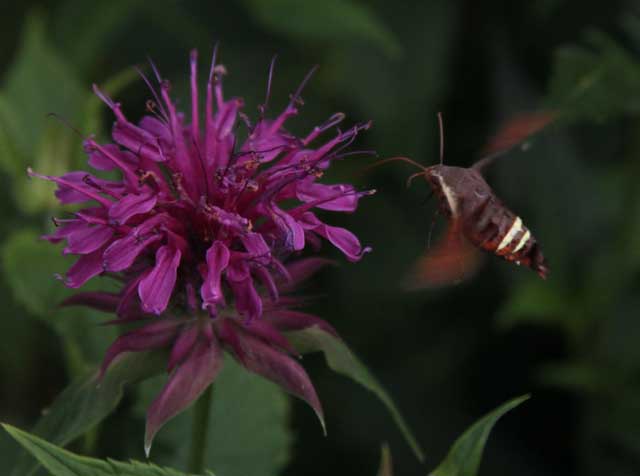
Amphion floridensis, Shaker Heights, Cuyahoga County, Ohio,
July 6, 2012, courtesy/copyright of Joe Applebaum, id by Bill Oehlke.
Many thanks to Dan Haas who sends this beautiful image of Amphion floridensis, feeding on white oak sap.
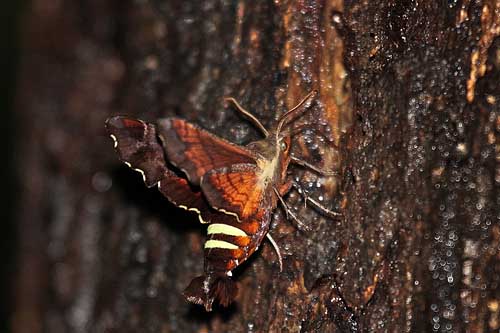
Amphion floridensis, Annapolis, Anne Arundel County, Maryland,
feeding on white oak sap, July 19, 2012, courtesy of Dan Haas.
On May 31, 1999, after an exceptionally warm early May, I took a
female Nessus sphinx nectaring (16 mm proboscis) on blackberry
blossoms at 6:30 pm in Montague, Prince Edward
Island. The female was at first placed in a brown paper grocery bag
where she did not
oviposit.Then I fed her a 10% sugar/honey
water solution and placed her in an enclosure
consisting of one six gallon clear plastic tub inverted
over another with a young Virginia creeper vine growing from a
February cutting. I also placed a grape cutting (just in water) and
some blackberry blossoms in the enclosure.
Planting any of the
above in proximity to creeper or grape will afford this
species a welcome habitat.
In additon to Virginia creeper
larvae accept Grape (Vitis), ampelopsis
(Ampelopsis), and cayenne pepper (Capsicum).
On July 18, 1999, a few of the larvae left the foliage and became
quite moist as they crawled along bottoms of the containers looking
for soft earth in which to pupate.
Use your browser "Back" button to return to the previous page.
Use your browser "Back" button to return to the previous page.
Please send sightings/images to Bill. I will do my best to respond to requests for identification help.
